The Philippines Braces as Strengthening Typhoon Fung-Wong Approaches
The Philippine government has initiated a massive evacuation effort in anticipation of Typhoon Fung-Wong, which is expected to make landfall on the main Luzon island on Sunday evening. The pre-emptive evacuation of residents from vulnerable areas and the storing of equipment and relief supplies are part of the disaster agencies' and local government units' preparations for the storm.
According to the National Disaster Risk Reduction and Management Council (NDRRMC), the typhoon has gained strength, with its maximum sustained winds increasing to 140 kilometers (87 miles) per hour, accompanied by gusts of up to 170 kilometers per hour. The NDRRMC has issued a warning for the entire Luzon region, advising residents to take necessary precautions and prepare for potential disruptions in power and communication services.
The economic impact of the typhoon is expected to be significant, with the Philippine Stock Exchange (PSE) warning of potential losses in the agriculture and tourism sectors. The country's agriculture sector, which accounts for around 10% of the country's GDP, is particularly vulnerable to the typhoon's strong winds and heavy rainfall. The tourism sector, which is a significant contributor to the country's economy, may also be affected by the storm, with several tourist destinations in the Luzon region expected to be closed.
The Philippine government has a long history of responding to natural disasters, with the NDRRMC playing a crucial role in coordinating relief efforts. The agency has a budget of around PHP 10 billion (approximately USD 200 million) for disaster response and recovery efforts, which includes the provision of emergency assistance to affected communities.
In the aftermath of the typhoon, the Philippine government is expected to focus on rebuilding and recovery efforts. The country's construction sector, which has been growing rapidly in recent years, is likely to benefit from the rebuilding efforts, with several construction companies already expressing interest in participating in the recovery efforts.
The Philippine government has also announced plans to invest in disaster risk reduction and management, with a focus on improving the country's early warning systems and emergency response capabilities. The government has allocated around PHP 5 billion (approximately USD 100 million) for the development of a national disaster risk reduction and management plan, which includes the establishment of a national early warning system.
As the typhoon approaches, the Philippine government is urging residents to take necessary precautions and prepare for potential disruptions in power and communication services. The country's disaster agencies and local government units are working closely together to ensure a swift and effective response to the storm.



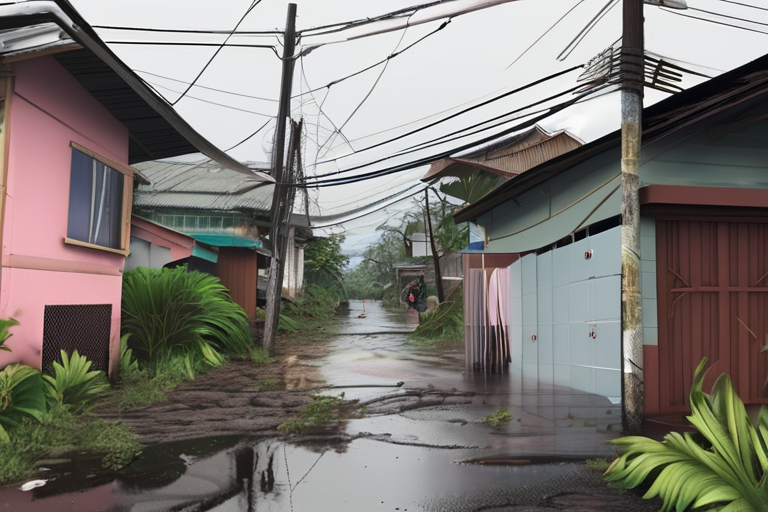





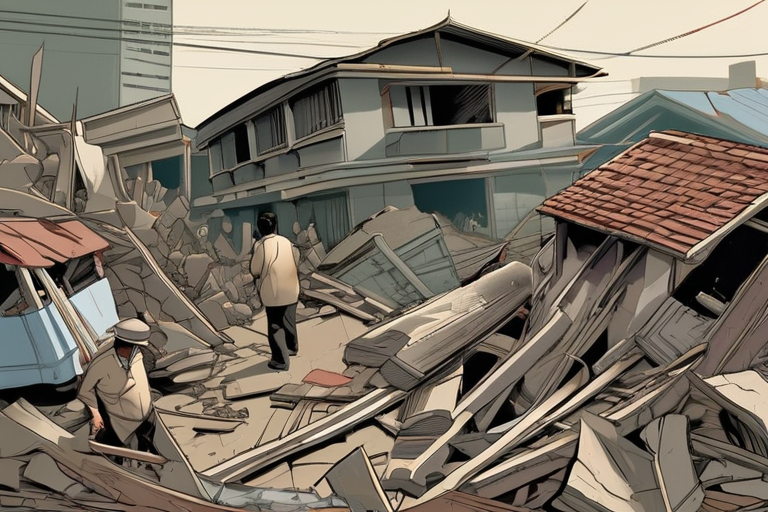
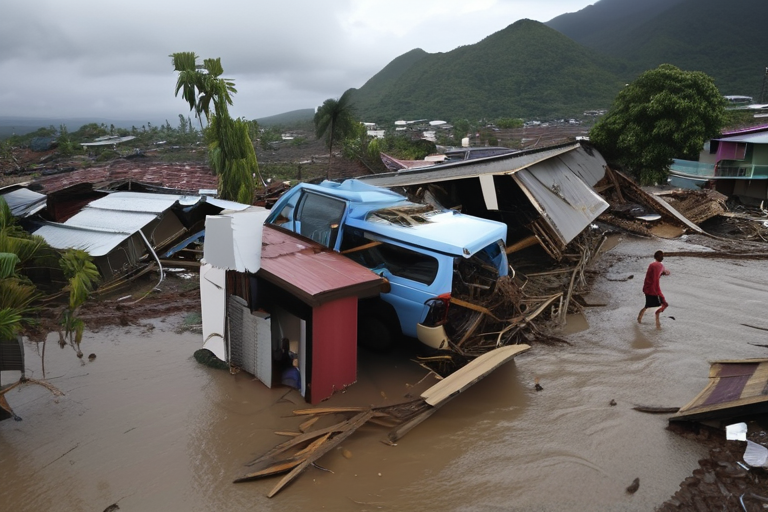


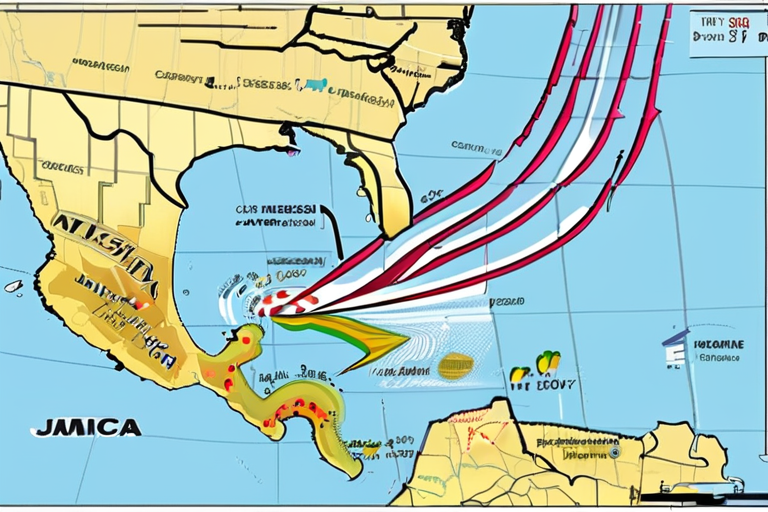


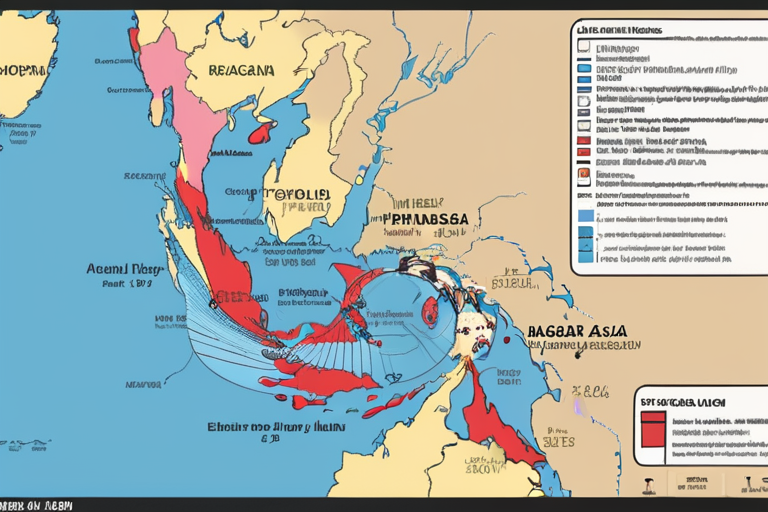



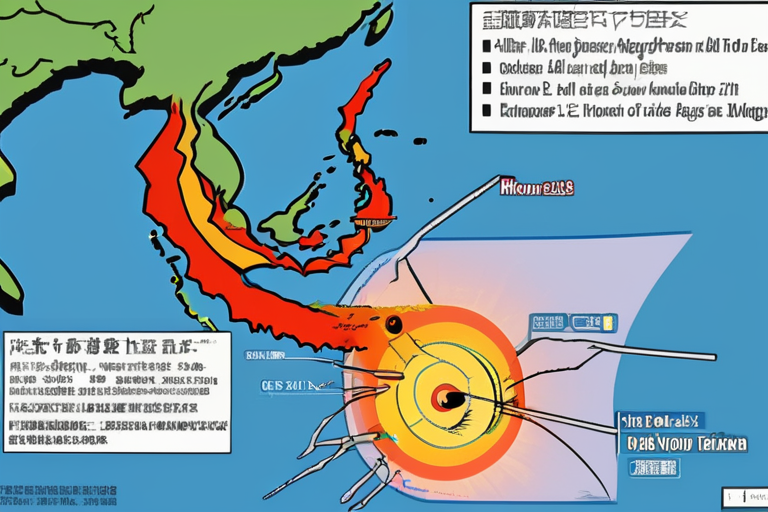






Share & Engage Share
Share this article